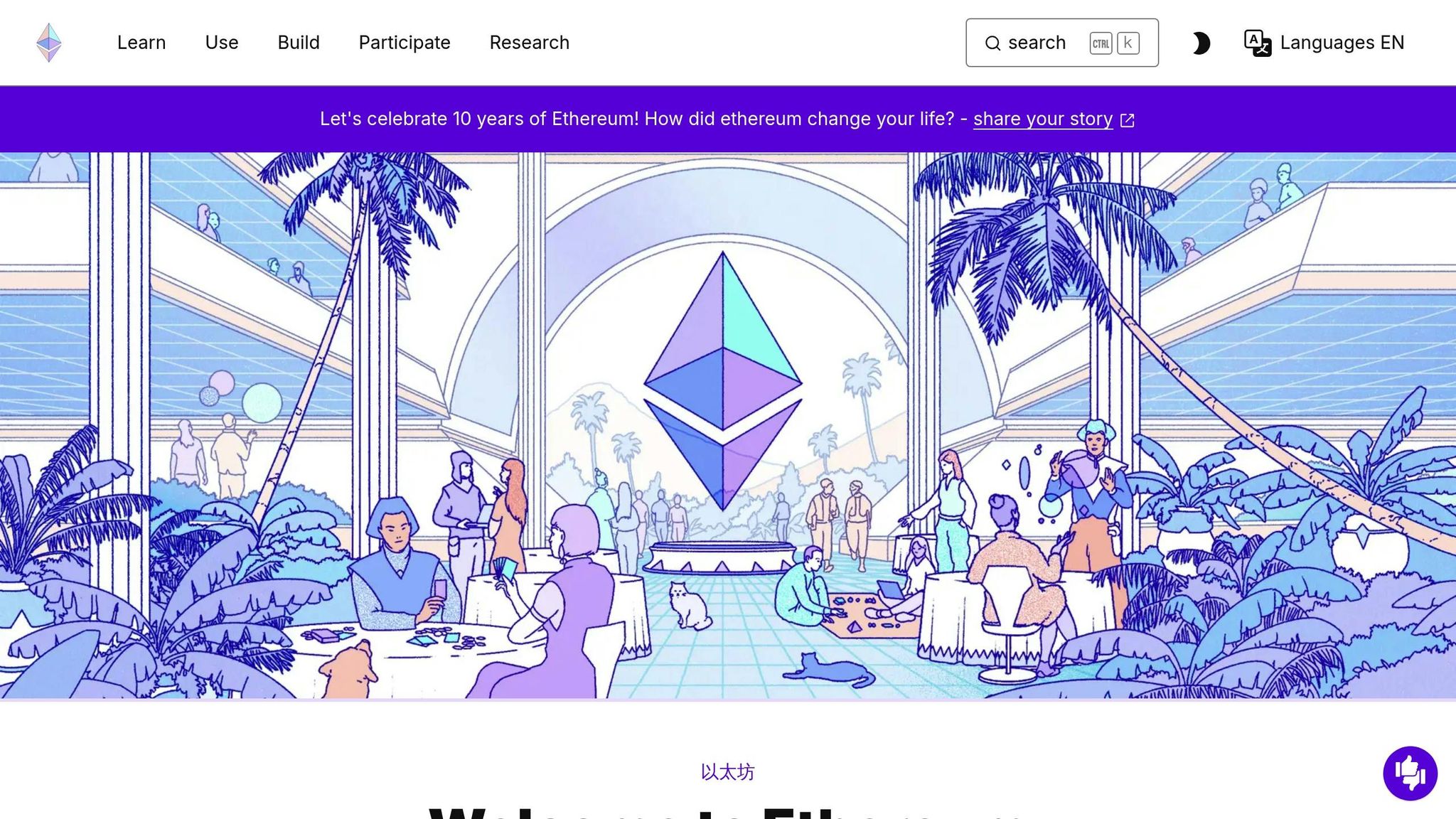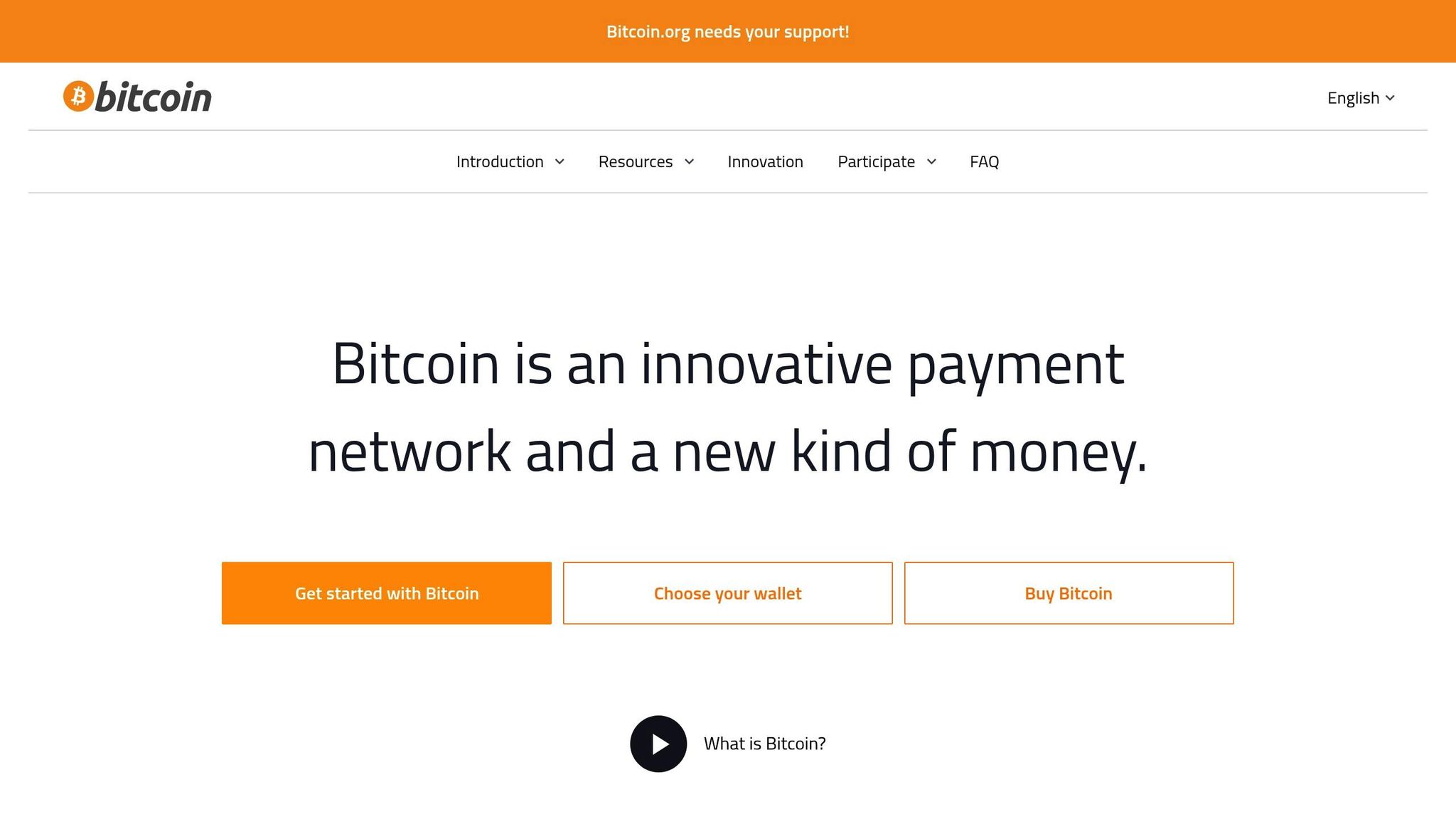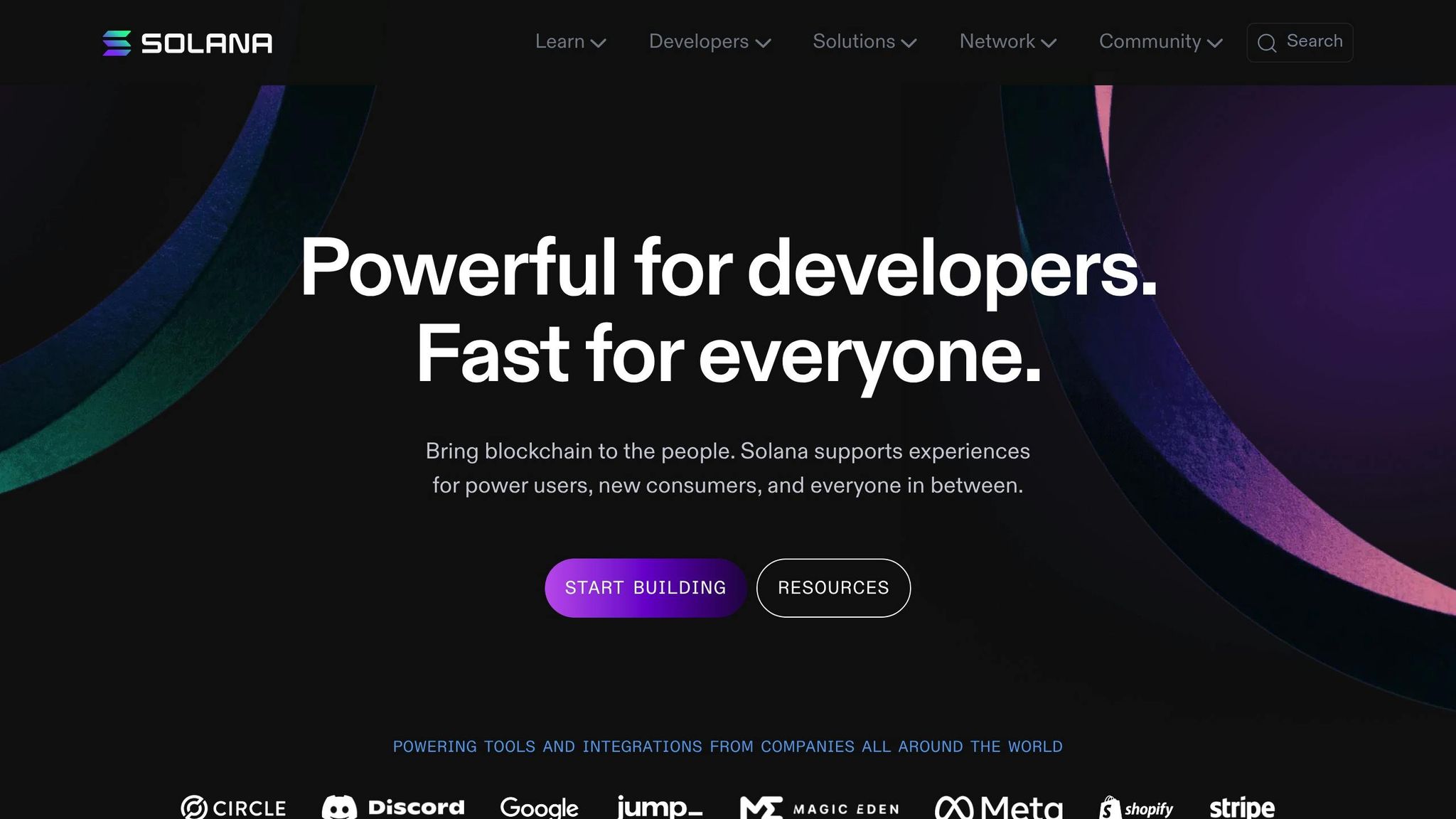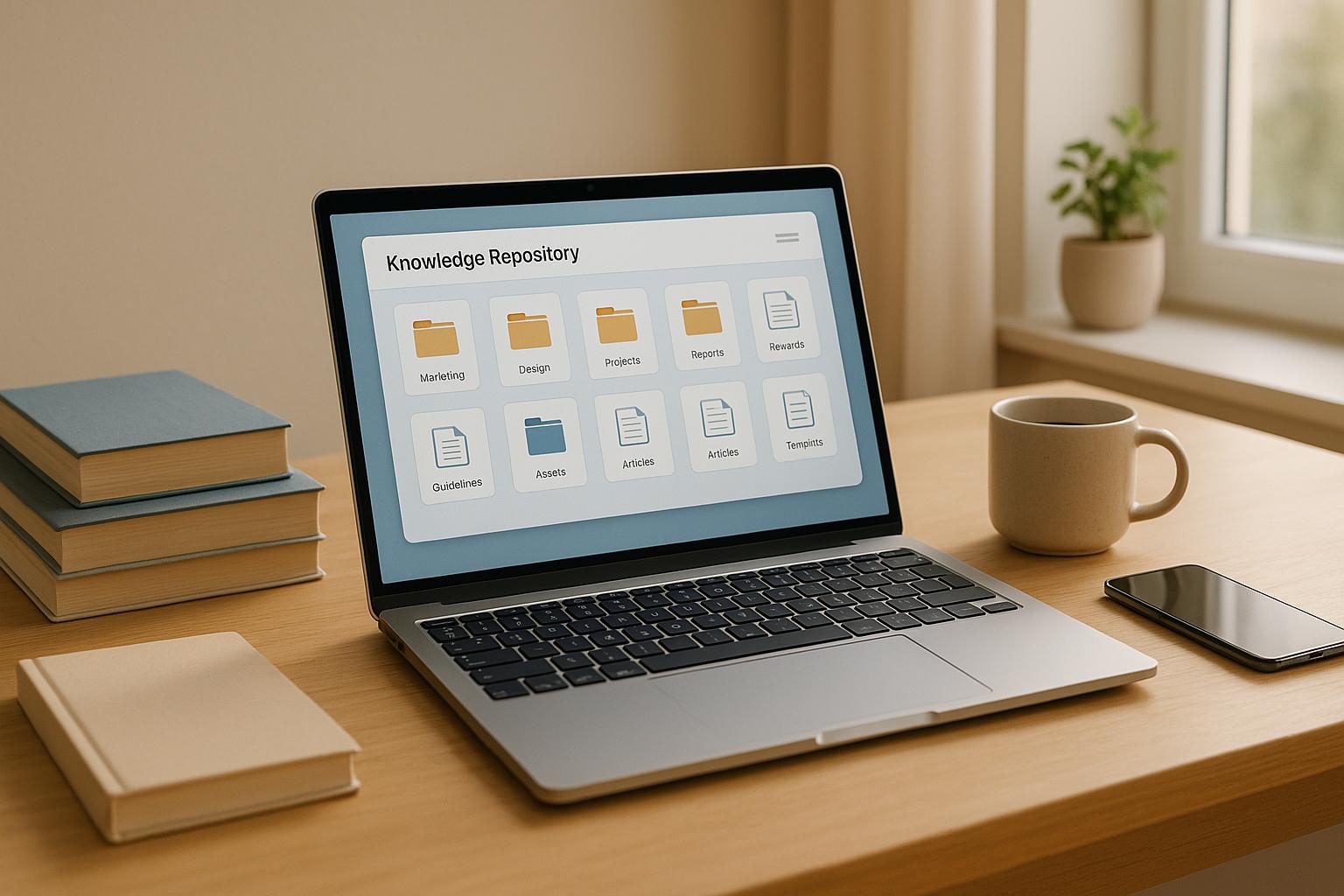When blockchain networks get congested, transaction fees rise, delays occur, and apps may slow down. Here's how Ethereum, Bitcoin, and Solana handle these challenges:
- Ethereum: Processes 13 transactions per second (TPS) with an average gas fee of $3.82. Layer 2 solutions like Arbitrum reduce costs but peak congestion can cause delays up to 4.2 minutes.
- Bitcoin: Handles 7 TPS with a 10-minute block time. Tools like SegWit and Lightning Network improve efficiency, but fees spike during high demand.
- Solana: Achieves 2,745 TPS with low fees ($0.00025) and quick confirmations (2.1 seconds). However, it has faced downtime, including an 18-hour halt in January 2025.
Quick Comparison:
| Platform | Avg TPS | Avg Fee (Q1 2025) | Avg Confirmation Time | Strengths | Weaknesses |
|---|---|---|---|---|---|
| Ethereum | 13 | $3.82 | 4.2 minutes (peak) | Layer 2 scaling, fee management | High fees during congestion |
| Bitcoin | 7 | Varies | ~10 minutes | Strong uptime, off-chain solutions | Slower, fee spikes |
| Solana | 2,745 | $0.00025 | 2.1 seconds | High speed, low fees | Occasional outages |
Key Takeaway: Choose Ethereum for stability, Bitcoin for security, and Solana for speed, but always monitor network health and plan for congestion risks.
Layer 2 Scaling Solutions Explained With Animations
1. Ethereum Network Analysis

Ethereum handles around 13 transactions per second, with block times averaging 13.5 seconds [1].
Key network stats:
- Average gas fee: $3.82 (Q1 2025) [2]
- Peak pending transactions: 152,000 (March 15, 2025) [3]
- Average confirmation delay during peak: 4.2 minutes [3]
- Network utilization: 85% of its capacity [4]
Since the introduction of EIP-1559 in August 2021, the base-fee burning mechanism has helped reduce fee volatility by 42% [5]. Additionally, Layer 2 solutions like Arbitrum and Optimism now manage 47% of Ethereum's traffic, cutting settlement costs by as much as 92% [6].
These fluctuations in fees and delays significantly affect trading. During periods of high congestion, traders must weigh the trade-off between paying higher fees for quicker execution or risking missed opportunities while waiting for fees to drop.
Next, we’ll take a closer look at Bitcoin’s congestion challenges and how it handles transaction backlogs.
2. Bitcoin Network Analysis

The Bitcoin network handles about seven transactions per second, with blocks confirmed roughly every 10 minutes. When demand spikes, users compete by offering higher fees to get their transactions prioritized. Miners typically confirm transactions with the highest fees first.
Several technologies improve Bitcoin's transaction handling. SegWit increases block capacity by moving signature data outside the main block. The Lightning Network enables off-chain processing for small transactions, speeding things up. Replace-By-Fee allows users to raise fees on pending transactions to ensure quicker confirmation.
For investors, keeping an eye on mempool size and fee estimates is key. This helps pinpoint times when fees are lower, making it easier to manage confirmation times for larger transfers.
Next, let’s look at how Solana tackles congestion.
sbb-itb-01010c0
3. Solana Network Analysis

Solana's design focuses on handling congestion differently from Ethereum or Bitcoin. It emphasizes scalability and keeping fees low by using parallel transaction processing.
Key network stats:
- Average TPS: 2,745 transactions per second [7]
- Block time: 400 milliseconds [8]
- Average fee: $0.00025 (Q1 2025) [9]
- Peak pending transactions: 57.4 million (February 2025) [10]
- Average confirmation delay: 2.1 seconds [11]
To handle congestion, Solana relies on two main features:
- Proof of History (PoH): Adds timestamps to transactions before consensus, cutting down on validation delays [12].
- SeaLevel: A parallel smart-contract runtime that processes thousands of transactions at once [13].
However, despite its impressive throughput, Solana has experienced notable downtime:
- January 21-22, 2025: An 18-hour network halt caused by memory overflow [14].
- March 14, 2025: A 6-hour period of degraded performance during a surge in NFT minting activity [15].
For investors, Solana's extremely low fees are a strong advantage during normal operations. That said, concerns about its reliability during peak demand remain. It's a solid choice for high-frequency trading and DeFi applications where speed is key, but having backup plans for potential outages is essential.
Next, we'll compare these findings across platforms to better understand their strengths and weaknesses.
Platform Comparison Results
To summarize key challenges for investors - fees, delays, and reliability - here’s how each network stacks up:
- Throughput: Solana achieves high throughput with parallel execution, Ethereum processes around 13 transactions per second (TPS) with layer-2 scaling, while Bitcoin handles up to 7 TPS per 10-minute block.
- Fees: Ethereum’s gas fees can surge during high traffic, Bitcoin’s fees adjust more slowly, and Solana keeps fees consistently low and stable.
- Reliability and Finality: Bitcoin and Ethereum boast over 99.9% uptime with strong transaction finality. Solana provides fast confirmations but can experience occasional outages.
- Congestion Mitigation: Ethereum employs layer-2 rollups and EIP-1559, Bitcoin uses SegWit, Lightning Network, and Replace-by-Fee (RBF), while Solana leverages Proof of History (PoH) and SeaLevel parallel processing.
For the best results, keep an eye on real-time network dashboards and choose the platform that aligns with your priorities - whether it’s speed, fee stability, or security.
Key Findings and Recommendations
After comparing various platforms, here are tailored strategies for managing fees, delays, and reliability based on different risk profiles:
For Conservative Investors
- Stick with platforms known for stability and effective congestion controls, especially for large, infrequent transfers.
- Plan non-urgent transfers during off-peak times to avoid delays.
For Active Traders
- Choose networks that provide quick confirmations and low fees for frequent trading activities.
- Maintain liquidity across multiple chains to steer clear of bottlenecks on a single platform.
For DeFi Participants
- Use tools that track fees and offer custom alerts for sudden gas-price changes.
- For smaller transactions, consider layer-2 solutions during high congestion periods.
General Risk Mitigation Tips
- Spread your holdings and transactions across several blockchains to reduce risk.
- Regularly check network health metrics and set up alerts for congestion surges.
- Stay updated on upcoming protocol upgrades and how they might impact performance and costs.
Applying these strategies can help you better manage transaction costs, delays, and overall reliability across your chosen networks.


